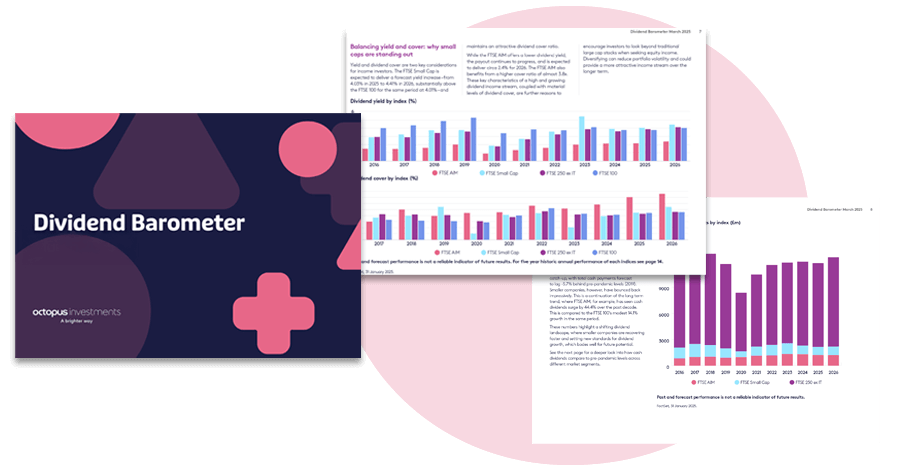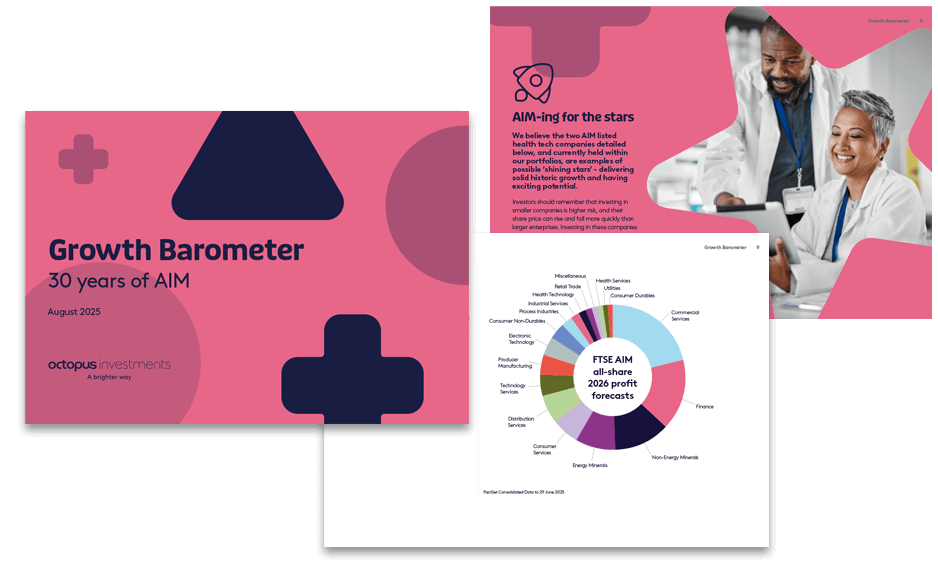WhitepaperInheritance tax
What is a trust
Loan trusts and other types of trusts
Last updated: 5 December 2024
What is a trust?
A trust is a method for estate planning and managing assets.
The most common types of trusts are discretionary trusts or interest in possession trusts. Below are types of trusts that can fall within these categories. but have certain characteristics to deliver outcomes tailored to the specific needs of a client.
Loan trust
Loan trusts
With a loan trust, a loan is provided to a trust. The trust can use the loan to invest in assets. Any investment growth on the capital lent to the trust should fall outside the settlor’s estate for inheritance tax (IHT) purposes.
The loan to the trust should not give rise to a chargeable lifetime transfer (CLT), as it is not a gift. However, any outstanding amount of loan remains subject to inheritance tax in the settlor estate when they die, as it is owed to them.
The trust may also be subject to IHT exit or 10 year periodic charges.
For suitable clients, Business Relief is worth exploring as complementary planning alongside a loan trust. Where a loan trust invests in Business Relief qualifying assets, and provided they are held for two years at the relevant exit or 10 year periodic charge, no IHT should be payable by the trust on those assets. To see how Business Relief could help with planning with a loan trust, please see our planning scenario for clients with a loan trust in place.
Ask Octopus
Do you have a question about inheritance tax and estate planning?
Use our free helpdesk to Ask Octopus

Vulnerable person trusts
Vulnerable person trusts
Trusts for vulnerable people have special treatments for IHT, income tax and capital gains tax. However, they need to meet certain requirements to be treated as a trust for a vulnerable person. This type of trust used to be called a disabled persons trusts.
The beneficiary can be someone under 18 whose parent has passed away, a person who is unable to manage their affairs because of mental condition, or a disabled person who is eligible to certain benefits.
It’s important to remember for tax purposes the trust and the settlor are two separate entities and need to be assessed separately. The IHT implications for a vulnerable persons trust are outlined for each below:
Trust IHT treatment:
- From an inheritance tax perspective, if the trust was a ‘trust for vulnerable people’ it is not subject to 10 year periodic charges or exit charges. The assets in the trust would be part of the estate of the life tenant beneficiary on death and subject to IHT at that point.
- If however, the assets in the trust were Business Relief qualifying and had been held for two years or longer, then the beneficiary should not be subject to inheritance tax on the trust assets on their death.
- The trustees would need to consider the Trustees Act and the purpose of the trust to ensure that they are able to invest in Business Relief qualifying assets.
The settlor’s IHT treatment:
- For the settlor, the gift is treated as a potentially exempt transfer (PET). If the settlor passed away within seven years of gift inheritance tax may should be due.
- An alternative planning for suitable settlors could be that they make a Business Relief qualifying investment, hold it for two years, and then gift it into trust. While it is still a PET at the time of gift, no IHT should be due even if they die within seven years of the gift (provided the trust is still holding the gifted Business Relief qualifying investment at the time of their death).
Rysaffe planning and trusts
Rysaffe planning and trusts
Rysaffe planning allows for the creation of multiple trusts on multiple days to obtain more than one NRB
Trusts created on the same day are added together for the purpose of the periodic charge, so trusts set up on different days each benefit from their own NRB and as such the periodic charge can be reduced or removed.
The purpose of setting up multiple trusts on different days, all less than £325,000, is therefore to mitigate the periodic charge which arises on trust assets every 10 years, at a rate of approximately 6% of trust assets above the NRB.
This is separate from any CLT charge paid at the time the settlement is made.
When property is settled into trust, amounts exceeding the NRB will be chargeable to IHT at the 20% CLT rate. To benefit from the NRB, an individual must also consider what other CLTs they have made in the seven years preceding the settlement. Rysaffe planning does not prevent this charge, so where an investor settles amounts exceeding £325,000 into trust over a rolling seven year period, they will pay 20% inheritance tax on the excess.
Tax legislation, rates and allowances are correct at time of publishing for the tax year 6 April 2025 – 5 April 2026.
From 6 April 2026, a 100% IHT relief will continue for the first £1 million of combined agricultural and unquoted Business Relief qualifying property (e.g. sole traders, partnerships, unquoted companies). Amounts over the £1 million will attract 50% IHT relief. Business Relief qualifying companies listed on the Alternative Investment Market (AIM), will attract 50% IHT relief irrespective of the investment amount.
Inheritance tax (IHT) calculator
Related resources
Related resources
IHT Toolkit
You can educate and nurture clients with these resources when having conversations about estate planning using this handy Toolkit.
Business Relief and trusts
Business Relief (BR) is a relief from inheritance tax available for the shares of qualifying companies.
Estate planning for clients who want to settle assets into trust
Louise is worried that her child's marriage will end in divorce, and wants control over what will happen to her assets.






